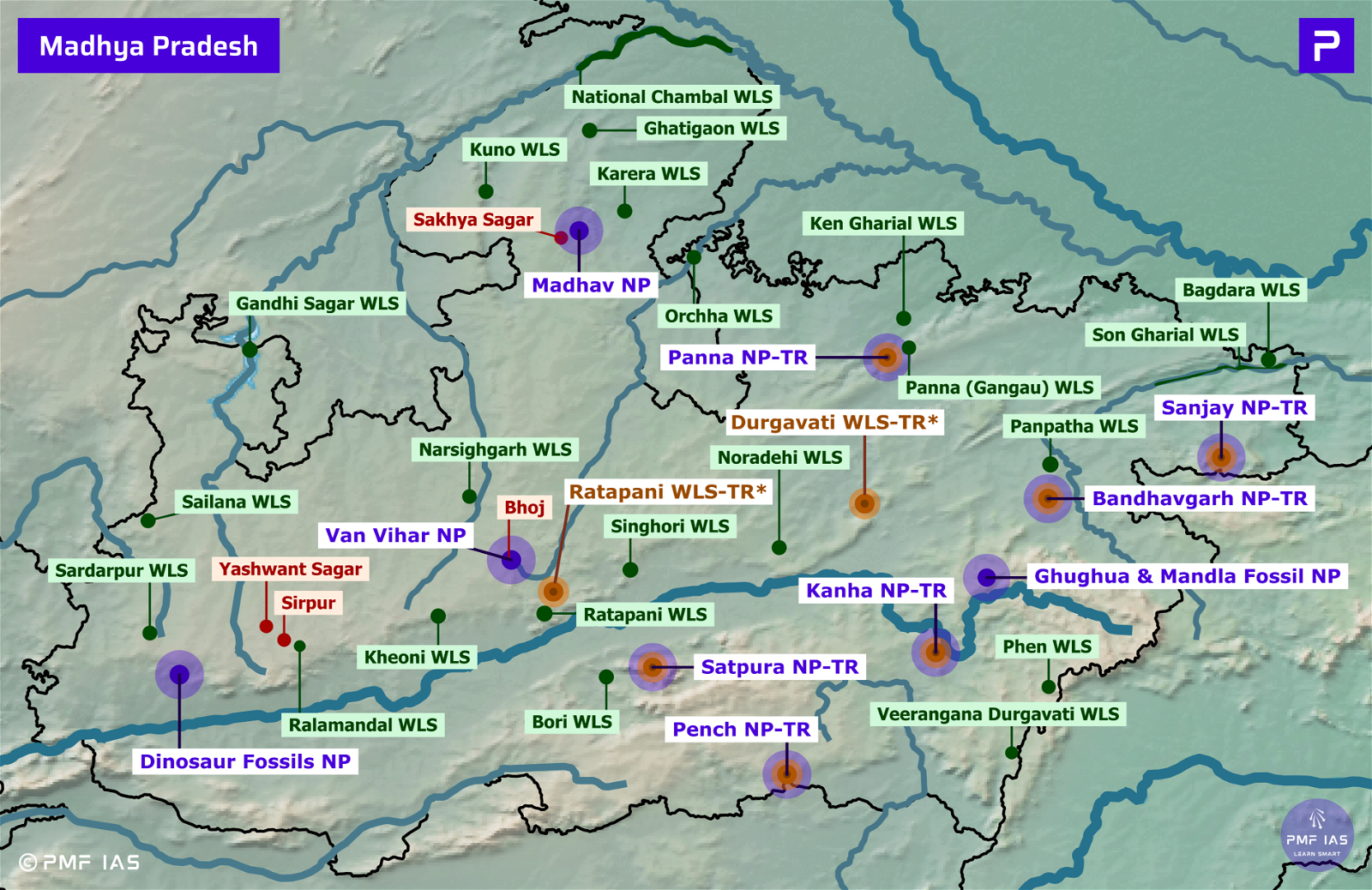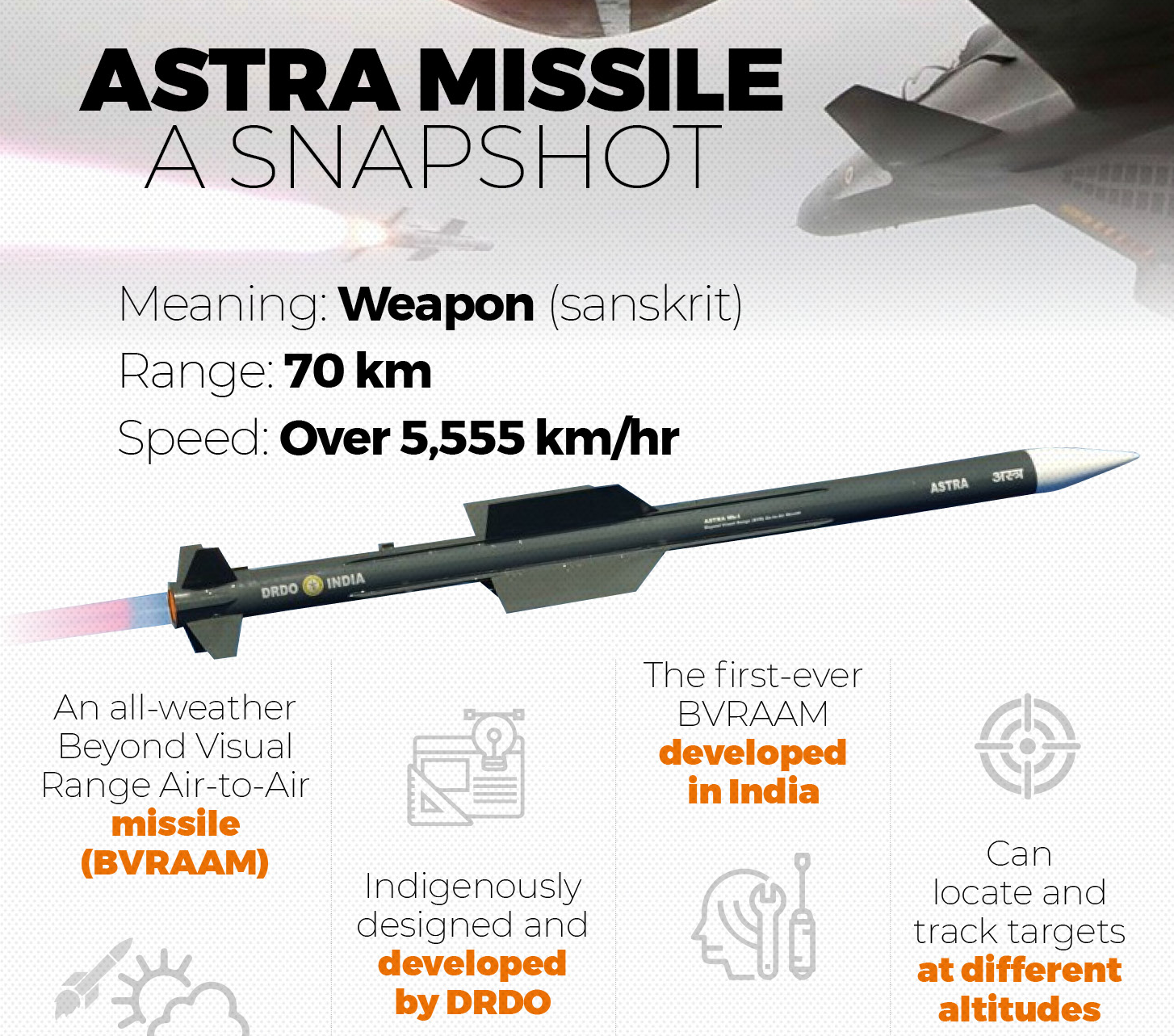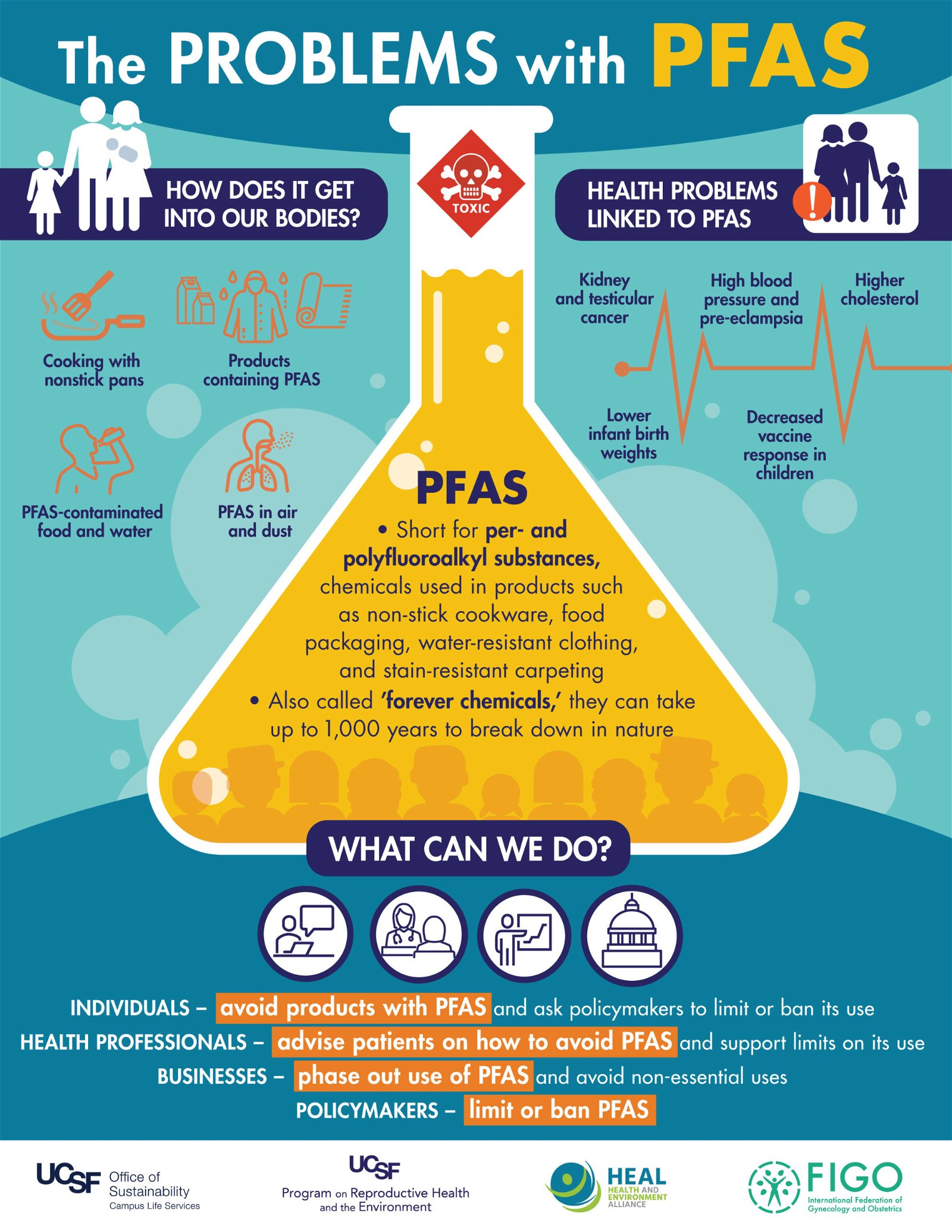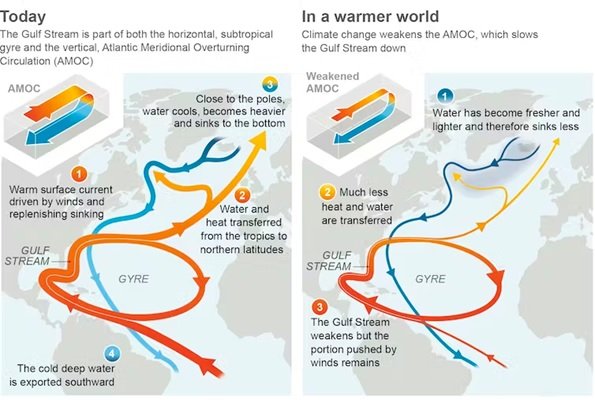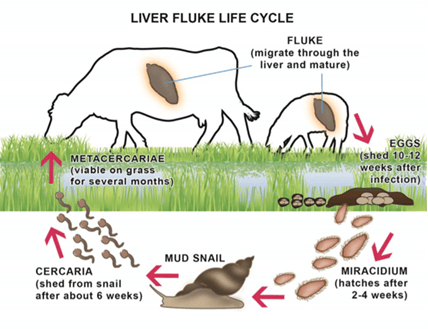
Current Affairs for UPSC Civil Services Exam – June 29, 2024
Subscribers of "Current Affairs" course can Download Daily Current Affairs in PDF/DOC
Subscribe to Never Miss an Important Update! Assured Discounts on New Products!
Must Join PMF IAS Telegram Channel & PMF IAS History Telegram Channel
{GS2 – MoNRE – Initiatives} Hydrogen economy
- Context (PIB): Researchers at IISER Tirupati developed an efficient method of hydrogen generation from methanol and formaldehyde combinations.
- This method has successfully converted alkynes into alkenes through transfer hydrogenation.
Discovery of IISER Tirupati
- IISER Tirupati has employed nickel catalysts that are readily available on the market to generate hydrogen from methanol and paraformaldehyde, eliminating the necessity for bases or activators.
- The produced hydrogen has been effectively used in selective partial transfer hydrogenation of alkynes, facilitating the synthesis of valuable bioactive molecules.
What makes hydrogen a promising alternative fuel choice for the future?
- Hydrogen is celebrated as the “fuel of the future” because it is widely available & emits zero emissions.
- It can be generated via electrolysis using renewable energy sources, offering a sustainable and eco-friendly fuel option.
Also refer > Renewable and Non-Conventional Source of Energy.
National Hydrogen Mission
- The Union Budget for 2021-22 unveiled the National Hydrogen Energy Mission (NHM), designed to strategise the integration of hydrogen into the energy landscape, particularly in transforming transportation.
- Launched on August 15, 2021, this initiative aims to mitigate carbon emissions and promote renewable energy adoption by harnessing hydrogen, a plentiful and cleaner fuel alternative.
To learn about Green Hydrogen and the National Green Hydrogen mission, refer > Renewable energy.
{GS2 – IR – International Organizations} Financial Action Task Force (FATF)
- Context (TH): Global anti-money laundering watchdog Financial Action Task Force adds Monaco, Venezuela to money laundering ‘grey list’.
- Grey list includes countries considered a haven for supporting terror funding and money laundering.
- Monaco was already on the Organization for Economic Cooperation and Development (OECD) blacklist of financial centres in 2009.
- Recently, FATF removed Jamaica and Türkiye from the grey list.
- A total of 21 nations are on the grey list, including Mali, Vietnam, and Yemen.
To know more about FATF, refer > Financial Action Task Force
{GS3 – Envi – RE} Statistical Review of World Energy (SRWE) **
- Context (DTE): The Statistical Review of World Energy (SRWE) report released by the Energy Institute reveals that fossil fuels continue to dominate global energy production, led by the Global North.
Statistical Review of World Energy Report (SRWE) **
- The report presents global data on energy demand, fuel production, and renewable energy trends.
- Global primary energy consumption reached record levels in 2023 (a 2 per cent increase from 2022).
- Renewable energy constituted 14.6 per cent of total primary energy consumption in 2023, while fossil fuels remained dominant at 81.5 per cent worldwide.
Significant findings in this year’s assessment
- There is a stark disparity in energy consumption between the global north and the global south.
- In 2023, developing nations in the Global South used 56% of the world’s energy, and the Asia-Pacific region alone accounted for 47% of global energy demand.
- Energy demand rose above the global average in Southern and Central America and the Asia-Pacific region, while Africa experienced a slight decrease of 0.4 percent compared to 2022.
- Africa and South Asia exhibit significantly lower energy demand relative to population sizes.
- Global emissions increased by 2.1 percent from 2022, surpassing 40 billion tonnes of CO2 equivalents for the first time, largely due to increased flaring and industrial processes.
Global carbon budget
- It is the amount of CO2 emissions humanity can release while aiming to limit global warming to 1.5°C above preindustrial levels, as per the Paris Agreement.
- It assesses the impact of CO2 emissions, whether natural or human-induced, on the Earth’s environment.
- Developed countries in the Global North, historically the main polluters, need to lead the transition away from fossil fuels as they have surpassed their share of the Global Carbon Budget.
To learn more about common but differentiated responsibility, refer > Overview on India’s Climate Policy.
{GS3 – Envi – Species} Borneo Elephant *
- Context (DTE): Recently, Borneo elephants have been classified as ‘Endangered’ on the International Union of Conservation of Nature (IUCN) Red List.
Borneo elephant
- Borneo elephants are the smallest Asian elephant subspecies and the largest mammal on the island.
- They are genetically different from other Asian elephants due to the isolation of their cousins on mainland Asia and Sumatra around 300,000 years ago.
- Have long tails that touch the ground, relatively large ears, and straighter tusks.
- Habitat: floodplain areas of Borneo and Sumatra islands.
- Diet: roots, grasses, leaves, bananas, and sugar cane.
- Threat: widespread commercial oil palm plantations, infrastructure projects like roads, human settlements, and poaching for ivory and hide.
- IUCN Red List: Endangered.
Further reading > Asian Elephant
African Elephants
- African elephants are the largest land animals on Earth, slightly bigger than Asian elephants.
- Have larger and rounded ears than Asian elephants.
- African elephants are of two types:
- Savanna elephants are larger and roam the sub-Saharan plains. IUCN Red List: Endangered.
- Forest elephants of Central & West Africa are smaller. IUCN status: Critically Endangered.
- Note: Previously, the IUCN listed both African elephants as “vulnerable.” They are listed separately due to genetic evidence proving they are different species.
Borneo island

- Borneo is the third-largest island in the world and the largest in Asia.
- It is formed through the Mesozoic accretion of microcontinental fragments, ophiolite terranes, and island arc crust onto a Paleozoic continental core.
- Malaysia and Brunei in the north and Indonesia in the south form the island of Borneo.
- It is known for its beaches and ancient, biodiverse rainforest.
{GS3 – S&T – BioTech} Bridge recombinase mechanism
- Context (TP): A naturally occurring human DNA editing tool was discovered.
Significance of the discovery
- This next-generation genomic design method is called the bridge recombinase mechanism.
- It utilises jumping gene IS110, which cuts and pastes itself into genomes and is present in all life forms, performing on-the-go DNA manipulation through all living beings.
- The bacteria used in the study, E. coli, have a lot of IS110 sequences. They roam around the body, cutting and pasting themselves, repairing DNA, and modifying it daily.
- Beyond RNA interference and CRISPR, the diversity of nucleic-acid-guided systems is increased by the IS110 bridge recombination mechanism.
The role of jumping genes as bridges
- Jumping genes randomly jump from one site to another, inserting genetic information as they go, using enzymes called transposases. It can slide into the DNA to insert or integrate without cuts.
- A guide can be used to efficiently program the jumping gene, which can then precisely insert itself into user-defined genomic locations.
- These Jumping genes are minimal segments of DNA with the recombinase enzyme, which binds this DNA to other DNA, along with extra DNA.
- This extra DNA at the ends of jumping genes gets joined together and converts the DNA double helix structure into a single-stranded RNA molecule that folds into two loops.
- After that, each element loop can bind to the donor and target segments of DNA individually. This can then attach to two sets of DNAs: the donor and the target.
- When inserting or recombining sequences into DNA, there is tremendous freedom because the donor and target loops can be individually programmed.
CRISPR-Cas9
- CRISPR-Cas9 is a technology that allows the modification, addition, or removal of specific DNA sequences, changing genome portions.
- The CRISPR-Cas9 system consists of two key molecules that introduce a change in the DNA. These are
- Cas9 enzyme: acts as a pair of ‘molecular scissors’ that can cut the two strands of DNA at a specific location in the genome so that bits of DNA can be added or removed.
- Guide RNA (gRNA): A piece of pre-designed RNA sequence located within a longer RNA scaffold.
- The scaffold part binds to DNA, and the pre-designed sequence ‘guides’ Cas9 to the correct part of the genome. This ensures that the Cas9 enzyme cuts at the right point in the genome.
- The purpose of the guide RNA is to locate and bind to a particular DNA sequence.
- The target DNA sequence in the genome and the guide RNA have complementary RNA bases.
- This implies that the guide RNA will only, at least in principle, bind to the target sequence and not to any other parts of the genome.
- The Cas9 follows the guide RNA to the same location in the DNA sequence and cuts across both strands.
- At this stage, the cell recognises that the DNA is damaged and tries to repair it.
- Scientists can use DNA repair machinery to introduce changes to one or more genes in the genome of a cell of interest.
How RNA bridge differs from CRISPR ?
|
RNA bridge |
CRISPR |
|
|
Also refer > Biotechnology | Genetic Engineering – Processes and Applications
{GS3 – S&T – AI} AI Washing *
- Context (IE): Tech companies and startups are marketing themselves using AI but not doing so, forming the basis of ‘AI Washing’.
AI Washing
- AI washing is a marketing tactic where companies exaggerate the involvement of Artificial Intelligence (AI) in their products and services.
- Advertisements that overstate the capabilities of a company’s AI tools or mislead consumers about features that are not yet operational in their AI products also constitute AI washing.
- For example, a business may state that its product is “powered by AI” when, in fact, artificial intelligence plays little or no role.
- This term is derived from greenwashing, where companies exaggerate their environmental friendliness to appeal to customers.
- With regulatory organisations such as the US Securities and Exchange Commission (SEC) pursuing businesses that make false claims about AI, the practice known as “AI washing” has spread worldwide.
Concerns about AI washing
- AI washing diverts management attention and resources away from practical AI innovation.
- It can complicate decision-making for businesses genuinely looking for valuable AI solutions.
- AI washing can deceive consumers, mislead investors, and break existing laws surrounding vendor transparency and product disclosures.
- Promotes a monoculture in computer science, which is when a group of computers run identical software.
- This leads to a future financial crisis if many financial institutions all rely on the same underlying models.
- Data security and privacy risks.
Why companies engage in AI washing?
- Advertising generative AI (whether the product contains it or not) will attract funds from investors.
- Vague definition of AI.
- Before incorporating AI, some businesses may advertise it in their products.
How to prevent AI washing?
- Request hard evidence of the way AI is used in product offerings.
- Establish a collaborative culture that involves the buying process and keeps the buying team from falling for marketing hype.
- Businesses can prevent AI washing by labelling products truthfully, abstaining from hyperbole, and developing a robust compliance plan.
{GS3 – Envi – CC} Climate change forces Panama Islanders to relocate
- Context (IE): Around 300 families from Gardi Sugdub in Panama’s Guna Yala province were relocated to the mainland due to persistent flooding caused by rising sea levels.

Credit: Human Rights Watch
Gardi Sugdub
- Gardi Sugdub, or ‘Crab Island,’ is a tiny island in an archipelago off Panama’s northern Caribbean coast and has been home to Guna Indigenous people for over 100 years.
- Originally, the island provided the Guna with refuge from mainland mosquito-borne illnesses and colonial restrictions, but Gardi Sugdub faces new challenges today.
What is happening in Gardi Sugdub?
- According to a 2023 Science News report, sea levels are projected to increase by 1 cm per year by 2100 due to soaring global temperatures.
- Panama is in the Caribbean; the current average sea rise is around 3 to 4 millimetres per year.
- Despite the islanders’ efforts to fortify the island’s periphery with rocks, coral, and such, the advancing sea continues its encroachment, rendering the island increasingly uninhabitable.
- In response to this crisis, the Panamanian government initiated the construction of 300 new houses on the mainland, according to a report by The Associated Press.
Impact on Other Island Nations
- According to a 2022 report by the Intergovernmental Panel on Climate Change (IPCC).
- Small Island Developing States (SIDS) in the Caribbean, Pacific, and Atlantic, such as Tuvalu, the Marshall Islands, and Kiribati, are experiencing some of the most dramatic effects of rising sea levels.
- These islands are losing their land and facing existential threats to their culture and economies.
- Such rising levels, combined with storm surges and ‘king tides’ (the highest high tide of the year at a coastal location), are causing coastal erosion, salinisation of freshwater resources, and increased vulnerability to extreme weather events.
- They are particularly vulnerable to these changes due to their low elevation and high dependency on marine resources.
What is Small Island Developing States (SIDS)?
- SIDS are islands of the Caribbean Sea and the Atlantic, Indian, and Pacific Oceans.
- SIDS are a group of 39 states and 18 Associate Members of United Nations regional commissions facing unique social, economic, and environmental vulnerabilities.
- They are relatively remote, vulnerable to environmental challenges such as climate change, and generally small, Niue has a population of only 1,269, and Tuvalu has a total land area of only 26 km2.
- SIDS was recognized as a special environmental and development case at the 1992 United Nations Conference on Environment and Development (UNCED) in Rio de Janeiro, Brazil.
- The aggregate population of all the SIDS is 65 million, slightly less than 1% of the world’s population.

Source: UNCTAD
How fast is the global sea level rising?
- Since 1880, the global sea level has ascended by approximately 21–24 centimeters, with the rate of increase accelerating in recent decades.
- These rising levels are mainly because of global warming, with vulnerable coastal regions and countries of the Global South being the worst affected.
- Today, the global average temperature has increased by at least 1.1 degrees Celsius since 1880.
- This rise is driven by several different factors, including the thermal expansion of seawater as it warms and the melting of land-based ice, such as glaciers and ice sheets.
Also refer > Greenhouse Effect, Global Warming, Carbon Sequestration
{Prelims – Places in News} Republic of the Congo
- Context (DTE): Protests erupt over an exploration license granted to a Chinese company endangering the Republic of the Congo’s national park.
- The permit will endanger Conkouati-Douli National Park, a UNESCO-recognized coastal national park home to several endangered wildlife species.
Republic of the Congo

- Republic of the Congo, situated astride the Equator in west-central Africa.
- The country is often called Congo (Brazzaville), with its capital, to distinguish it from the neighbouring Democratic Republic of the Congo (DRC).
- Its capital, Brazzaville, is a major inland port on the Congo River.
- Borders
- Congo is bordered to the northwest by Cameroon.
- To the north, by the Central African Republic.
- To the east and south by the Democratic Republic of the Congo.
- To the southwest is the Angolan exclave of Cabinda.
- To the west is Gabon.
- It also has a long coastline along the Atlantic Ocean.
{Prelims – Defence Innovation} ABHYAS
- Context (PIB): India recently successfully tested the indigenously designed Abhyas, a High-speed Expendable Aerial Target (HEAT), in Odisha.

Credit: TOI
- It is an indigenous system designed for autonomous flying. It uses an autopilot and a laptop-based ground control system for aircraft integration, pre-flight checks, and autonomous flight.
- Design: DRDO’s Aeronautical Development Establishment, Bengaluru,
- Developed by: Hindustan Aeronautics Limited, Larsen & Toubro.
Features
- It is powered by a gas turbine engine for long-distance flights at subsonic speed.
- It is equipped with a MEMS (Micro-electromechanical systems)-based Navigation System for navigation and a Flight Control Computer (FCC) for guidance and control.
- It is equipped with radar cross-section (RCS) and infrared signatures, enabling it to simulate various aircraft for anti-aircraft warfare practice and testing against designed aerial targets.
Further reading > Counter-Drone System.
{Prelims – S&T – Defence} INS Tabar
- Context (PIB): Recently, the Indian Naval Ship Tabar visited Alexandria to reaffirm India’s commitment to strengthening bilateral ties with Egypt.
INS Tabar
- INS Tabar is the third of a Talwar-class stealth frigate built for the Indian Navy in Russia.
- The frigate was commissioned in 2004 in Kaliningrad, Russia.
- Motto: “Guts and Glory”.

Credit: Defence.in
{Prelims – In News} Sangyaan App
- Context (PIB): Sangyaan App, a Comprehensive application for legal reference, was launched.
Key Features of Sangyaan App
- The app aims to educate and empower RPF personnel by providing comprehensive information to help them understand the provisions of both new and old criminal laws.
- The app provides:
- Comprehensive Legal Access: It provides easy access to the bare acts of Bharatiya Nyaya Sanhita (BNS), Bharatiya Nagarik Suraksha Sanhita (BNSS) and Bharatiya Sakshya Adhiniyam (BSA).
- Comparison and section-wise analysis of Laws: Users can directly compare specific sections of the new and old laws with the Corresponding Sections Comparison table.
- Advanced Search Tools and User-Friendly Design: Sangyaan offers advanced search functionalities, allowing users to navigate efficiently through legal texts.
- In addition to the three new laws, the app includes:
- The Railway Protection Force Act, 1957
- The Railway Act, 1989
- The Railway Property (Unlawful Possession) Act, 1966
- RPF Rules, 1987
{Prelims – In News} Bhuvan Panchayat Portal and NDEM
- Context (PIB): The Union Minister of State for Science and Technology launched two portals, the Bhuvan Panchayat portal and the National Database for Emergency Management (NDEM).
Bhuvan Panchayat Portal
- Bhuvan Panchayat Portal is a Geoportal of the Indian Space Research Organisation (ISRO)’s National Remote Sensing Centre, which offers Bhuvan Services.
- It provides services and applications related to satellite remote-sensing data for public use.
- Bhuvan Panchayat (Ver. 4.0) aims to support “Space-based Information Support for Decentralized Planning (SISDP)” and empower the citizens at the grassroots level in Panchayats.
- It provides high-resolution satellite imagery of 1:10K scale for different locations nationwide.
- It promotes ease of living by reducing the need to depend on local administration for land records.
Space-based Information Support for Decentralized Planning (SISDP)
Credits: NRSC Objectives
|
National Database for Emergency Management
- National Database for Emergency Management serves as a national repository of GIS-based data for the country with multi-scale databases and sets of tools for the Decision Support System (DSS).
- The Ministry of Home Affairs (MHA) is executing the project.
- It provides timely information and disaster-specific products for effective decision-making.
- National Database for Emergency Management (NDEM Ver. 5.0) aims to provide space-based inputs on natural disasters and reduce disaster risk in India and neighbouring countries.
- It acts as an effective early warning system so that the administration can proactively prevent disasters and inform people regarding Land use and change (LULC).
{Prelims – In News} Lakkha Buti Sari
- Context (TOI): There is a considerable demand for Banarasi Lakkha Buti sari due to celebrity marriage.
About Lakkha Buti Sari
- It is a testament to the exquisite craftsmanship and rich heritage of Banaras (Varanasi), India.
- Each sari is unique and embodies Banaras’s heritage, passed down through generations.
- It is crafted using the traditional ‘kadhua technique‘ and features one lakh butis.
- The term “Lakkha Buti” refers to the small, delicate motifs meticulously woven into the fabric, often using gold and silver threads.
- These motifs, inspired by Mughal designs, include intricate floral patterns, paisleys, and leaves, creating a stunning visual effect.
- The weaving process is incredibly labour-intensive, requiring the skill and precision of experienced artisans who often spend weeks on a single piece.
- The silk used in Banarasi saris is of the highest quality, contributing to the garment’s lustrous finish.




![PMF IAS Environment for UPSC 2022-23 [paperback] PMF IAS [Nov 30, 2021]…](http://pmfias.b-cdn.net/wp-content/uploads/2024/04/pmfiasenvironmentforupsc2022-23paperbackpmfiasnov302021.jpg)





